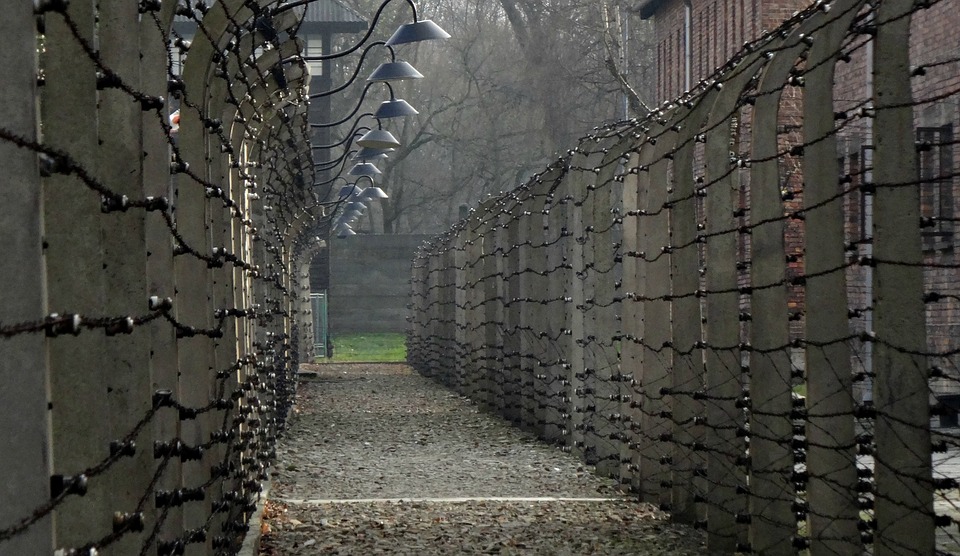Table of Contents
Introduction
Camping is often associated with summer adventures and warm weather, but there’s something magical about camping in the frosty embrace of winter.
Cold weather camping offers unique challenges and rewards, allowing you to experience nature in a whole different light.
In this ultimate guide, we will explore everything you need to know to have a successful and enjoyable cold weather camping experience.
Gear and Equipment
When it comes to cold weather camping, having the right gear and equipment is crucial for comfort and safety.
Here are some essentials:
– Sleeping bag: Opt for a sleeping bag specifically designed for cold temperatures, with a lower temperature rating than what you expect to encounter.
– Tent: Look for a four-season tent that can withstand harsh weather conditions, including snow and strong winds.
– Layered clothing: Dress in layers to easily adjust your body temperature. Include a base layer, insulating layer, and outer shell.
– Insulated sleeping pad: Prevent cold ground from stealing your body heat by using a sleeping pad with insulation.
– Stove and fuel: Ensure you have a reliable stove and enough fuel to cook warm meals and boil water.
– Headlamp and extra batteries: Winter nights are long, and a headlamp is essential for navigating in the dark. Carry extra batteries to avoid being left in the dark.
– Hand and foot warmers: These small heat packs can provide additional warmth during extremely cold conditions.
Preparation and Safety
Cold weather camping requires extra preparation to ensure your safety and comfort. Here are some important considerations:
– Check the weather: Keep a close eye on the weather forecast and be prepared for changing conditions. Avoid camping during severe weather warnings.
– Choose the right location: Select a camping spot suitable for cold weather camping, preferably with access to nearby amenities and emergency services.
– Share your plans: Inform a trusted friend or family member about your camping plans, including your expected return date. This way, someone will be aware of your whereabouts.
– Stay hydrated and well-nourished: It’s easy to overlook hydration and nutrition in cold weather, but it’s essential for your well-being. Drink plenty of fluids and eat high-energy foods.
– Stay dry: Moisture can quickly lead to hypothermia, so prioritize staying dry. Bring extra clothing and a waterproof outer layer.
– Learn basic first aid: Familiarize yourself with common cold-weather ailments and know how to treat them, such as frostbite or hypothermia.
Campsite Setup
Setting up your campsite properly can greatly enhance your cold weather camping experience. Here are some tips:
– Choose a sheltered location: Look for a spot protected from the wind, preferably behind a natural barrier like trees or rocks.
– Create a windbreak: If necessary, use a tarp or build a snow wall to shield your tent from strong winds.
– Clear the snow: Remove snow from your tent area to create a stable surface and prevent moisture from seeping in.
– Insulate your tent: Lay a tarp or waterproof groundsheet beneath your tent to provide an additional layer of insulation.
– Ventilation is key: Although it may seem counterintuitive, ensuring proper ventilation in your tent is crucial to reduce condensation and maintain good airflow.
Activities and Enjoyment
Despite the colder temperatures, cold weather camping offers unique activities and enjoyable experiences. Here are some suggestions:
– Snowshoeing or winter hiking: Explore the winter wonderland by strapping on some snowshoes or embarking on a winter hike.
– Cross-country skiing: Glide across snowy landscapes on cross-country skis, appreciating the serene beauty of winter.
– Ice fishing: If you’re camping near a frozen lake, try your hand at ice fishing and savor the tranquility of the surroundings.
– Photography: Bring your camera and capture the breathtaking winter scenery.
– Enjoying hot beverages: There’s nothing quite like sipping a warm cup of hot chocolate or tea while immersed in nature’s icy embrace.
FAQs Section
Q: How cold is too cold for camping?
A: The tolerance for cold temperatures varies from person to person. However, it’s generally recommended to avoid camping in temperatures below 20°F (-6°C) unless you have extensive knowledge, experience, and proper equipment for extreme cold weather camping.
Q: Can I use a regular tent for cold weather camping?
A: While it’s possible to use a regular tent for cold weather camping, it’s highly recommended to invest in a four-season tent specifically designed for harsh weather conditions. Four-season tents are sturdier and better equipped to handle strong winds and heavy snow loads.
Q: How can I stay warm at night while cold weather camping?
A: To stay warm at night, choose a well-insulated sleeping bag suitable for low temperatures. Layer your clothing and wear thermal base layers to retain body heat. A sleeping pad with insulation will also prevent the cold ground from drawing heat from your body.
Q: Are campfires allowed during cold weather camping?
A: Campfire regulations can vary depending on your camping location and any fire restrictions in place. Always check with local authorities or the campground management about campfire regulations before starting a fire. In some areas, campfires may be prohibited during winter due to fire hazards or restrictions.
Q: What food should I bring while cold weather camping?
A: Pack high-energy foods that are easy to prepare, such as dried fruits, nuts, energy bars, and dehydrated meals. These foods provide essential nutrients and are lightweight for easy transport. Don’t forget to bring a stove and sufficient fuel for cooking warm meals and boiling water.




